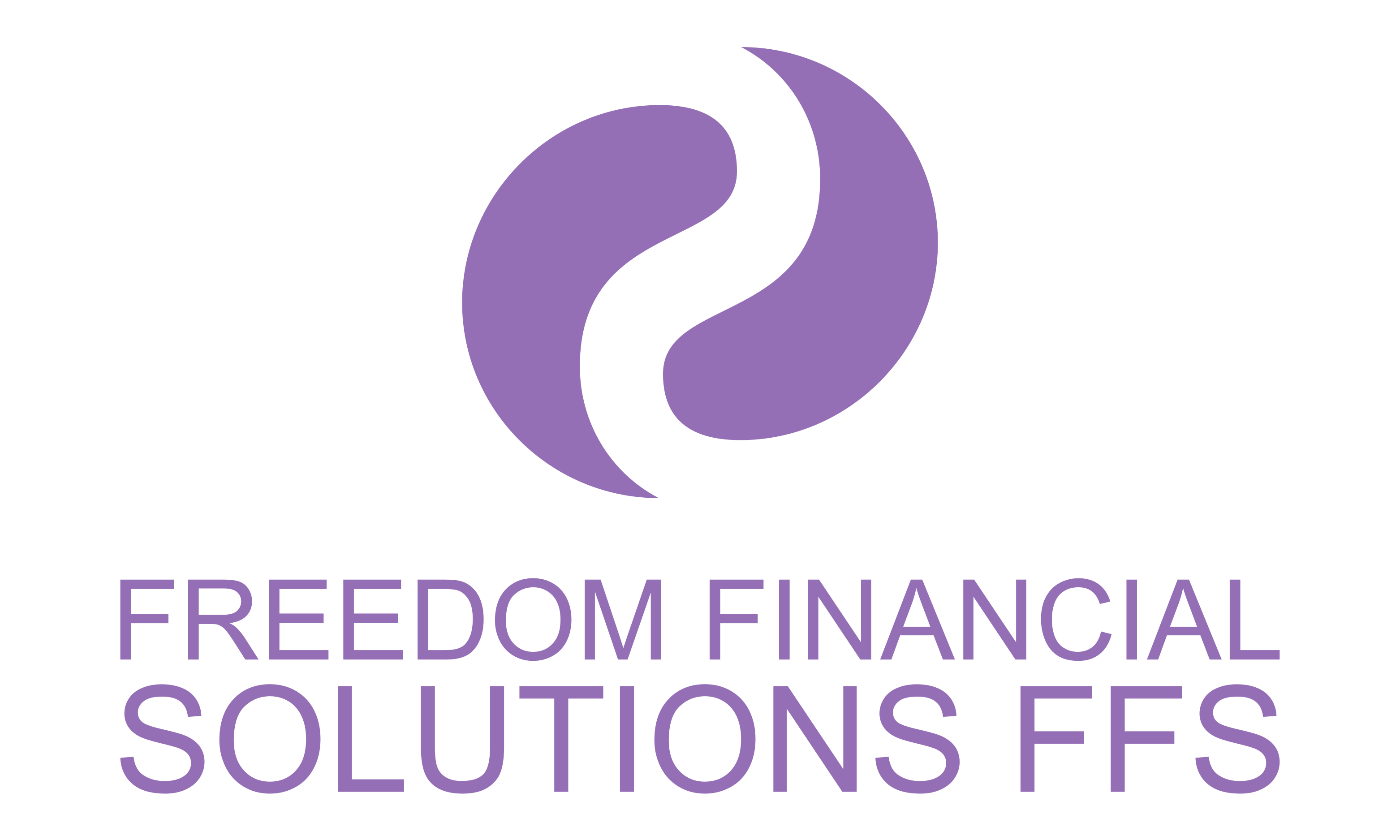With over 616,000 SMSFs in Australia controlling upwards of $930 billion, the average fund holds more than $1.5 million. Research from CoreData reveals that most of these funds are established with one main goal: empowering members to take control of their superannuation investments. Many Australians are moving away from faceless money managers to manage their own retirement dreams. However, while this goal is a strong starting point, it often limits the strategic potential of SMSFs, missing the broader possibilities these powerful vehicles offer.
I. What Kind of SMSF Suits You Best?
Having worked in the SMSF industry for over 30 years, I’ve observed a wide range of SMSF clients. Broadly, they fall into three types: the DIY superfund enthusiast, the typical SMSF trustee, and those building a robust, strategic Family SMSF. Here’s a look at each type of fund:
- The DIY SuperFund
The DIY SuperFund embodies a hands-on approach—true to the Bunnings-style DIY model. Trustees handle most of the fund’s operations themselves, from using accounting software like MYOB for accounts to managing bank reconciliations, income receipts, expenses, and investments. However, superannuation and taxation laws are complex, requiring an accountant to compile tax returns and an independent audit per the SIS Act 1993. This hands-on approach becomes increasingly challenging, especially in retirement phase, and often lacks the more sophisticated strategies like estate planning or multi-generational pensions that can secure a family’s financial future. - Self-Managed Super Fund (SMSF)
This is the next level up and the structure used by most SMSFs. Trustees here typically benefit from tax and superannuation advice from accountants or financial planners, offering a more strategic approach with elements like pensions, estate planning, insurance, and tax strategies. However, with 90% of SMSFs involving only one or two members, there’s often a missed opportunity for broader strategic benefits and generational wealth planning. - The Family SMSF
Unlike the typical DIY or standard SMSF, the Family SMSF’s core focus is on family benefits. Surprisingly, only 10% of SMSFs in Australia have opted to include up to six family members, despite the clear benefits. This underutilization misses the full potential of these funds. Imagine establishing a family trust with only one or two beneficiaries—an accountant would never advise this. With a Family SMSF, multiple generations can work together to build wealth and enjoy significant protections and benefits, such as:- Income Continuation: An adult child who suffers an accident can receive salary continuance benefits, ensuring income consistency during recovery.
- Intergenerational Property Investment: Retiree members can use their superannuation to fund a property deposit, with younger members covering loan repayments through salary sacrifice contributions. Gains from the property sale can be split among family members based on their contributions.
- Parental Health Support: When an elderly member develops health issues, other family members can use fund assets for their care, leveraging enduring power of attorney to act as replacement trustees.
- Tax Efficiency: Retiree members can invest in Australian shares with imputation credits, which the trustee can use to offset tax liabilities for younger members’ contributions.
The Family SMSF is uniquely positioned to pool and protect a family’s superannuation resources, providing a financial safety net for family members in times of accident, illness, disability, or death, as well as supporting them through pre-retirement and retirement phases.
II. Frequently Asked Questions about the Family Super Fund
Q: I have an SMSF—can it be turned into a Family Super Fund, or do I need new documentation?
A: Yes, you can transition an SMSF into a Family SMSF, provided your trust deed includes Family SMSF strategies. I have crafted specific trust deeds designed to meet the requirements for a Family SMSF, allowing a seamless upgrade to unlock these benefits.
Q: I’m hesitant to bring my children into the fund as they might gain control when I get older.
A: This concern is addressed in Family SMSF trust deeds. Any family member joining the fund must become a trustee (or director if a corporate trustee is in place). For child members under 18, a parent can act on their behalf. A company acting as the trustee, as recommended by the ATO, ensures all adult members become directors, maintaining a controlled decision-making process. Additionally, voting rights within the fund can be structured based on each member’s account balance, limiting control for members with lower balances.
Under a Family SMSF trust deed, each trustee’s voting power corresponds to the dollar amount in their account. For instance, a member with a $10,000 balance has 10,000 votes, while a member with a $900,000 balance has 900,000 votes, ensuring senior members retain significant control over fund decisions.
The Family SMSF can be a powerful vehicle for securing and growing wealth across generations. For more information or personalised guidance, email us at enquiries@freedomffs.com.au. In collaboration with Legal Back Office powered by Abbott & Mourly Lawyers, FFS is committed to helping you protect and grow family wealth for the long term, ensuring that your legacy is safeguarded for future generations.
For any questions related to family wealth protection and SMSF services, don’t hesitate to connect with us and make the most of this collaboration.
 Grant Abbott
Grant Abbott
Director and passionate educator at the LightYear Docs Group, and the author of five SMSF professional books and Family Wealth Protection in Australia. He is also a Graduate at Law to Abbott Mourly Undertaking Practical Legal Training (“PLT”)
